Ali Saffari
NeuriCam: Video Super-Resolution and Colorization Using Key Frames
Jul 25, 2022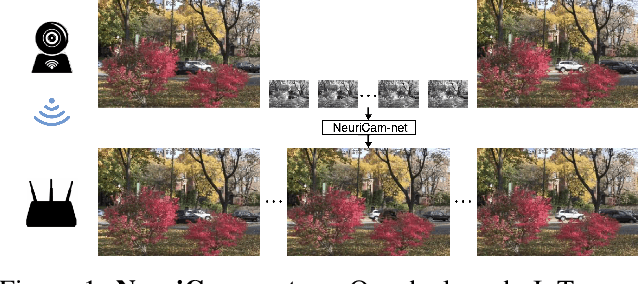

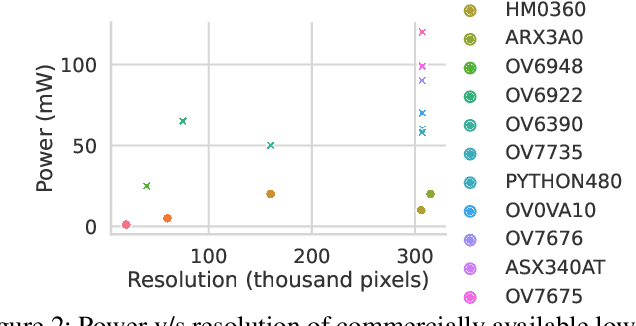
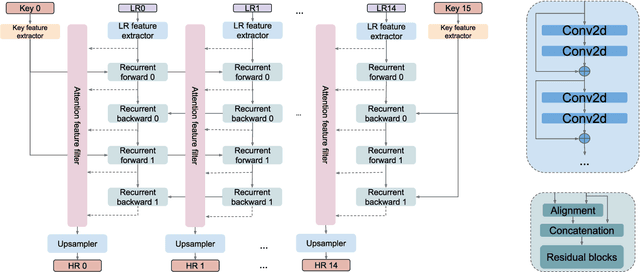
Abstract:We present NeuriCam, a key-frame video super-resolution and colorization based system, to achieve low-power video capture from dual-mode IOT cameras. Our idea is to design a dual-mode camera system where the first mode is low power (1.1~mW) but only outputs gray-scale, low resolution and noisy video and the second mode consumes much higher power (100~mW) but outputs color and higher resolution images. To reduce total energy consumption, we heavily duty cycle the high power mode to output an image only once every second. The data from this camera system is then wirelessly streamed to a nearby plugged-in gateway, where we run our real-time neural network decoder to reconstruct a higher resolution color video. To achieve this, we introduce an attention feature filter mechanism that assigns different weights to different features, based on the correlation between the feature map and contents of the input frame at each spatial location. We design a wireless hardware prototype using off-the-shelf cameras and address practical issues including packet loss and perspective mismatch. Our evaluation shows that our dual-camera hardware reduces camera energy consumption while achieving an average gray-scale PSNR gain of 3.7~dB over prior video super resolution methods and 5.6~dB RGB gain over existing color propagation methods. Open-source code: https://github.com/vb000/NeuriCam.
Few shot clustering for indoor occupancy detection with extremely low-quality images from battery free cameras
Aug 13, 2020
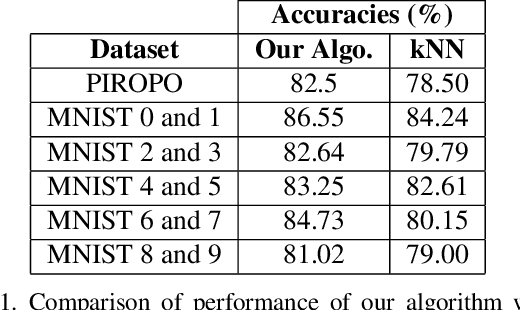
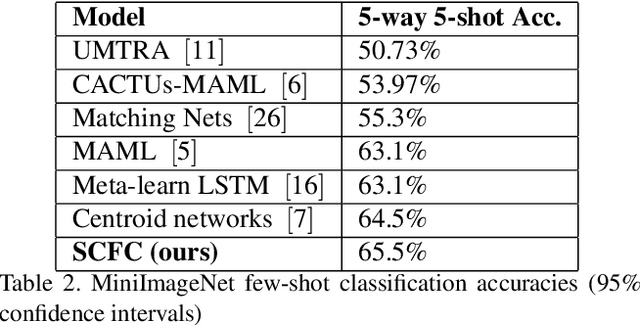

Abstract:Reliable detection of human occupancy in indoor environments is critical for various energy efficiency, security, and safety applications. We consider this challenge of occupancy detection using extremely low-quality, privacy-preserving images from low power image sensors. We propose a combined few shot learning and clustering algorithm to address this challenge that has very low commissioning and maintenance cost. While the few shot learning concept enables us to commission our system with a few labeled examples, the clustering step serves the purpose of online adaptation to changing imaging environment over time. Apart from validating and comparing our algorithm on benchmark datasets, we also demonstrate performance of our algorithm on streaming images collected from real homes using our novel battery free camera hardware.
 Add to Chrome
Add to Chrome Add to Firefox
Add to Firefox Add to Edge
Add to Edge